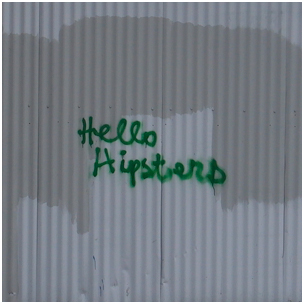
A recent article in The Chronicle of Higher Education titled, “A ‘Moneyball’ Approach to College” (or “Colleges Mine Data to Tailor Students’ Experience”) presents some ways that data mining is being used in higher ed. At the risk of sounding like someone overly zealous about enforcing the boundaries around obscure specializations, the article for the most part presents examples of mining instructional practice or the “Learning Analytics/Educational Data Mining” approach which is only a subset of the types of data mining or analytics being done in higher ed. Examples par excellence of this approach to higher ed data mining can be seen in The International Educational Data Mining Society’s journal and presented at their meetings.
Instead of building Amazon.com-style recommendation engines for courses or analyzing blackboard “clickstreams,” many institutional researchers have been engaged in data mining to deal with some of the perennial questions like yield, enrollment, retention, and graduation – for quite some time. For example, the professional journal New Directions for Institutional Research published an entire issue in November 2006 dedicated to data mining in enrollment management. One of the studies, conducted by Serge Herzog of University of Nevada, Reno, “Estimating Student Retention and Degree-Completion Time” found that data mining techniques such as decision trees and neural nets could be used to outperform tradition statistical inference techniques in predicting student success in certain circumstances.
The author of The Chronicle piece writes that “in education, college managers are doing something similar [to Moneyball] to forecast student success—in admissions, advising, teaching, and more”. This is true, but it has been going on for a long time and in many more ways than just learning analytics and course recommendation systems. I guess these institutional researchers who have always done data mining were Moneyball before it was cool. Does that make them hipsters?
